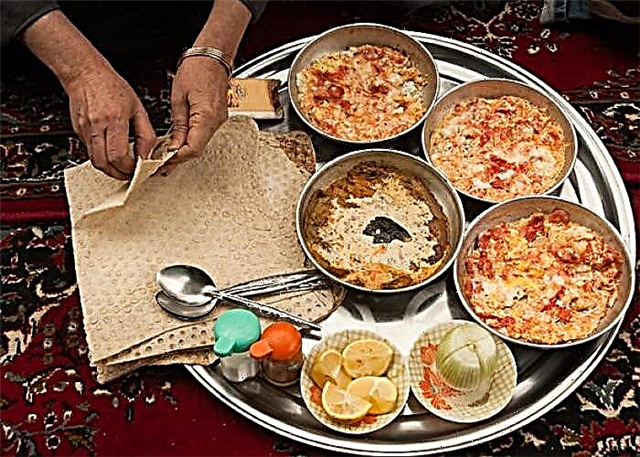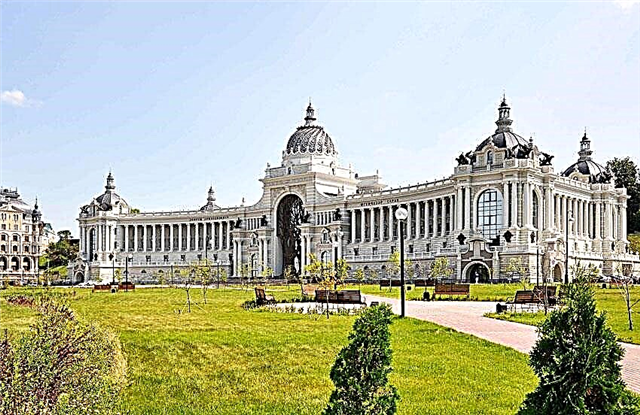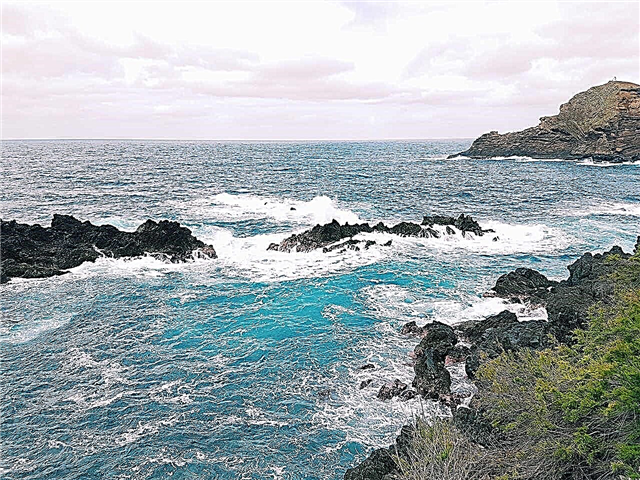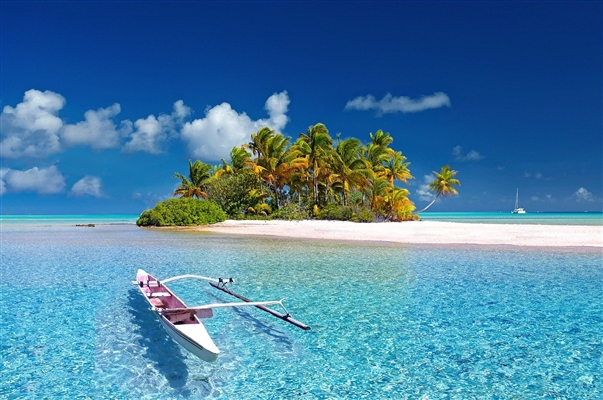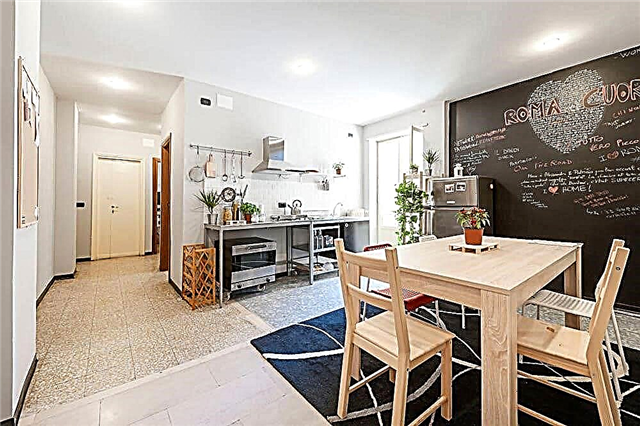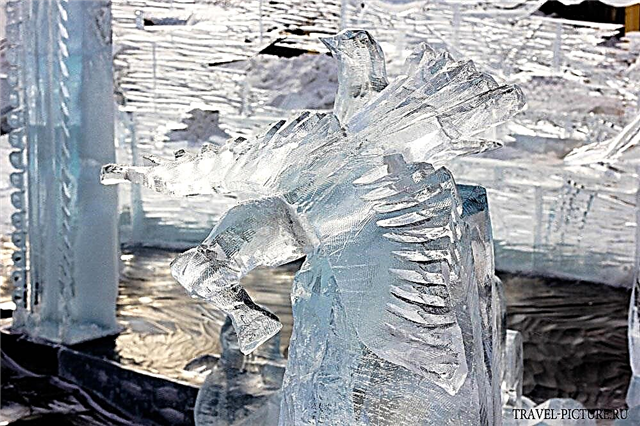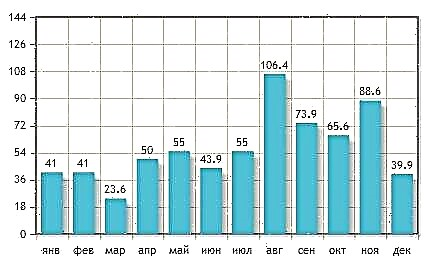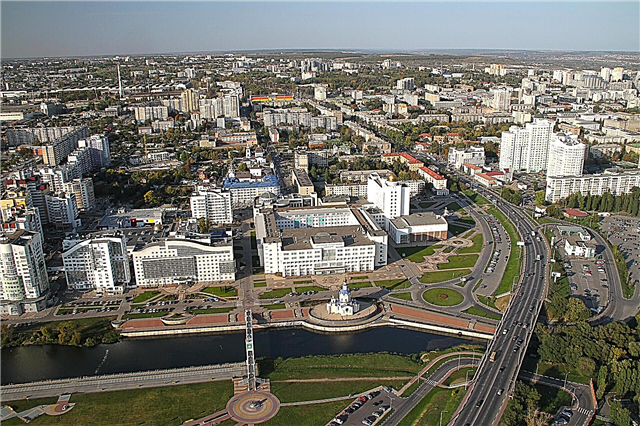Belgorod region borders with Ukraine. The borders of the region were finally formed only in 1954. Since then, development has been progressing, especially in large settlements. This is how modern museums, hotels and entertainment venues appeared in Stary Oskol to attract tourists.
Often the cities of the region were based on the banks of the rivers. For example, Gubkin actively uses the natural beauty of the area: 5 large recreation centers have already been built, which operate all year round. In Grayvoron, you can visit a real zoo, albeit a small one. In Biryucha, the remains of the fortifications erected in the 17th century have survived.
The largest cities of the Belgorod region
List of the largest cities in terms of population in the region.
Belgorod
The administrative center of the region was the first in its time to receive the title of "City of Military Glory". The districts of the city differ from each other in terms of architecture and planning, as they were formed in different historical periods. A philharmonic society, more than 10 museums, studios and theaters have been opened, including "Two Monkeys", which is engaged in clowning. Dozens of Orthodox sites have been restored, including the Martha-Mariinsky Monastery.
Population - 392 thousand people.

Stary Oskol
Occupies territories in the north of the region. It stands on the Oskol River and its tributaries. There are 12 Orthodox churches in the city, of which the oldest is Holy Trinity. And the main one is the Cathedral of Alexander Nevsky. Among the museums of Stary Oskol there are several unusual ones, including the Zhelezno! The House of Artists and Crafts, as well as the Blik art gallery are open to visitors all year round.
Population - 223 thousand people.

Gubkin
It is spread along both banks of the Oskolets River. One of the northernmost cities in the region. Several theaters have been established, including the Grotesque folk theater. One of the city's museums is dedicated to the Kursk magnetic anomaly. Squares and parks are laid out, fountains are turned on during the season, there is a city beach with the necessary infrastructure. Five large recreation centers have been built in the suburbs.
Population - 87 thousand people.

Shebekino
Located on the border area with Ukraine. To Belgorod from here about 32 km. The local history and art museum was opened in 1984. Its exposition is divided into 4 thematic halls. Other attractions: the Rebinder's tomb, the Church of the Icon of the Mother of God of All Who Sorrow, Joy of All Who Sorrow, the office of the sugar factory, the bust of Viti Zakharchenko, who was shot by the Nazis.
Population - 41 thousand people.

Alekseevka
It is located in the east and until 1954 belonged to the Voronezh region. At all times, the city has paid much attention to cultural life. Several musical and artistic groups have been created. A local history museum has been opened since 1923. There are 4 Orthodox churches in Alekseevka. One of them, the Holy Life-Giving Trinity, is the oldest stone building in the area.
Population - 38 thousand people.

Valuyki
The southernmost city in the region is located 15 km from the state border with Ukraine. The main museum in Valuyki is a history and art museum. It is a cultural, educational and scientific center of urban life. There are two Orthodox churches - St. Nicholas the Wonderworker and the Holy Martyr Ignatius the God-bearer. The Valuisky Assumption Nicholas Monastery has also been restored.
Population - 34 thousand people.

Builder
The youngest city in the region appeared on the maps in 1958, and received the status of a city in 2000. It was founded in connection with the construction of a mine. From here to Belgorod 21 km. Since the mid-90s, a local history museum has been operating, where there are expositions not only about the history of the region, but also about its natural features. Studios, sections and interest clubs have been created on the basis of the Zvezdny House of Culture.
Population - 24 thousand people.

Novy Oskol
It is spread along the left bank of the Oskol River. The architectural landmarks include several buildings, including the district House of Culture. One of the main monuments of Novy Oskol is a dedication to the founder of the city, Tsar Alexei Mikhailovich. A monument to Lenin stood at this place in the past. The Alley of Glory of Heroes and a memorial of military glory in memory of the Great Patriotic War were created.
Population - 18 thousand people.

Biryuch
Located in the east of the region. Architectural monuments of the city: the building of the former zemstvo, the Cathedral of the Intercession of the Blessed Virgin Mary, the Church of the Nativity of the Virgin, the Mitrofanovskaya church, shopping arcade. There is a museum of local lore. Not far from the city you can find the Belgorod notch line - the remains of fortifications created in the 17th century to protect against raids.
Population - 7 thousand people.

Grayvoron
The westernmost city of the region stands on a tributary of the Dnieper. The name comes from the Old Church Slavonic language and translates as "a flock of crows". In 1998, a chapel-church was built on the site of the death of St. Joasaph of Belgorod. Tourists are welcomed by a home zoo organized by the Kornienko family. A number of architectural objects of the 19th century have been preserved in the city.
Population - 6 thousand people.


